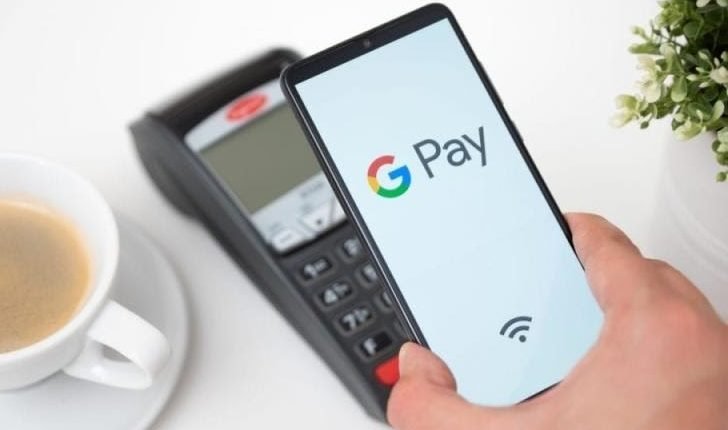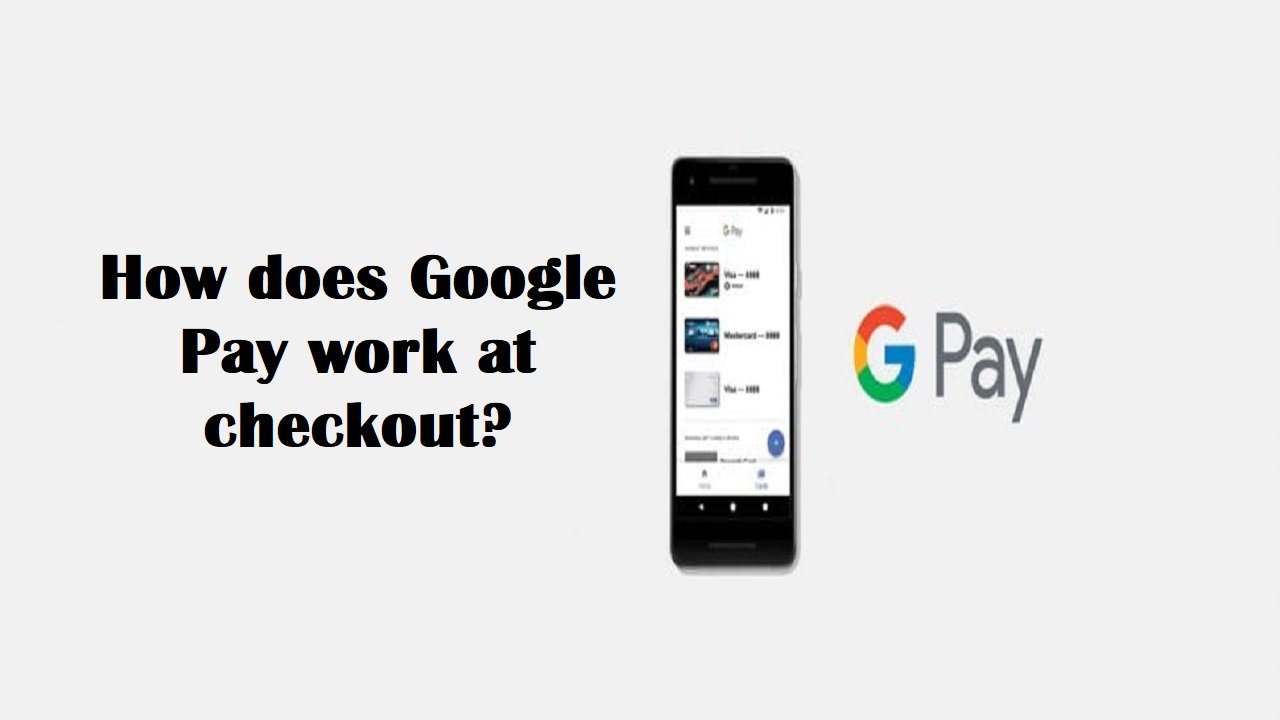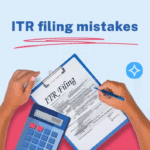How does Google Pay work at checkout?
We’ve all heard the news: Google’s mobile payment system, Google Pay, is here. And while this isn’t something that most people need to put a lot of thought into—the setup is pretty simple—it’s still good to know how it works. It turns out that when you pay with your phone at checkout, a few steps are involved in making it easier for you and more secure for everyone else. Let’s take a look at each of them in detail!
Get the app.
Get the app.
- If you’re shopping on a mobile device, download the Google Pay app from either the Google Play Store or Apple App Store. You can also use it for online transactions at the checkout by simply entering your email address and password to log in (if you’ve already used Google Pay before) or creating a new account.
Set up your payment information.
- Open the Google Pay app on your Android or iPhone, and select “Add card.”
- Enter your card number and expiration date, then add a nickname for the card to help you remember it later (this can be anything—try using a photo of the card if that’s easier).
- Choose whether to take a picture of your credit card or enter its security code manually, then enter the three-digit security code on your credit card and tap “Done.”
- Tap “Save” to save this payment information as default; in future transactions, you’ll be able to use this protected information instead of manually entering it at checkout time.
Put your phone near the terminal.

You can set up a Google Pay account with your debit card, credit card, or gift card. If you already have a Google account, use the same email address to sign up for Google Pay.
If you’re using an Android phone with Near Field Communication (NFC), hold the back of your phone against the contactless payment terminal as if you’re paying by tapping it at the airport. If your merchant doesn’t accept NFC payments, scan this barcode when prompted to add funds: [insert another link here]. If started at checkout to choose between Apple Pay and Google Pay, use Apple Pay if possible because it’s faster than using an unsecured browser on an insecure connection from an unknown device (like yours).
Confirm with your fingerprint or PIN code.
You’ll be prompted to confirm your payment by either touching the fingerprint reader on your device or entering your PIN code.
If you’re using a fingerprint reader, Google Pay will ask you to put your finger on it. Choosing this option will complete the transaction and send you back to the app’s checkout screen, where you can continue shopping.
With Google Pay, you can use your phone to pay for things at stores with contactless readers.
With Google Pay, you can use your phone to pay for things at stores with contactless readers. This means that instead of swiping a card or pulling out cash, you tap your phone to the reader and let it do all the work for you. In addition, when shopping online, Google Pay will work with most major e-commerce sites via websites and apps that support Apple Pay, Samsung Pay, or Android Pay — not just in mobile apps but also on web browsers.
Conclusion
The Google Pay checkout process is simple and secure. You can pay using your eligible Mastercard or Visa credit card and debit card. To get started at checkout, you’ll be asked to enter your mobile phone number and select which card you want to use for payment. Once you’ve verified your payment information with a security code sent by SMS or email, the order will be processed instantly in the background without further steps!
Leverage this opportunity to show off some of the technical details behind Google Pay’s seamless integration with online stores—things like how it uses tokenization instead of storing sensitive card numbers on its servers (which makes them impervious to hacks).
Takeaway: In short, Google Pay lets shoppers quickly and securely check out using their favorite devices while merchants get more conversions and spend less time managing payments











allergy medications prescription list alternatives to allergy medication best antihistamine decongestant combo
best medicine for stomach problems allopurinol 100mg ca
cheap isotretinoin isotretinoin medication buy generic accutane over the counter
cost amoxil 1000mg amoxicillin cost order amoxicillin 250mg online cheap
strongest sleeping pills online buy phenergan 25mg sale
zithromax 500mg canada zithromax 250mg over the counter zithromax for sale
buy neurontin 800mg for sale buy neurontin tablets
azipro over the counter azithromycin 500mg for sale azithromycin over the counter
buy generic lasix cheap furosemide
omnacortil 10mg generic buy prednisolone 10mg for sale omnacortil 10mg over the counter
order amoxil sale buy amoxicillin 1000mg sale buy amoxicillin pill
generic doxycycline 200mg buy generic vibra-tabs
where to buy ventolin without a prescription buy albuterol sale buy ventolin pill
buy augmentin 375mg online cheap amoxiclav pill
order tizanidine 2mg without prescription tizanidine 2mg for sale tizanidine generic
clomiphene 100mg cheap order clomid pill clomid pills
purchase deltasone without prescription how to buy prednisone buy prednisone 40mg online cheap
generic rybelsus 14 mg purchase rybelsus online cheap buy semaglutide 14mg without prescription
where to buy accutane without a prescription generic isotretinoin 40mg accutane cheap
rybelsus 14 mg generic buy generic semaglutide over the counter semaglutide over the counter
albuterol 2mg cheap ventolin generic purchase ventolin inhalator
azithromycin 250mg us azithromycin medication zithromax 500mg pills
augmentin brand augmentin 1000mg price order augmentin 1000mg
prednisolone 10mg us buy generic prednisolone order prednisolone 5mg sale
levothroid generic levothyroxine uk order levothroid online
neurontin oral order neurontin 800mg online cheap order gabapentin 600mg pills
order generic clomiphene 100mg clomid 50mg cheap buy clomid 100mg generic
lasix usa buy lasix for sale buy cheap generic lasix
order clarinex 5mg buy clarinex 5mg generic buy desloratadine generic
cheap tadalafil 10mg order tadalafil for sale us pharmacy cialis
buy cenforce pills for sale order cenforce 50mg generic order cenforce 100mg for sale
loratadine for sale online buy claritin cheap buy loratadine tablets
buy chloroquine 250mg sale chloroquine 250mg for sale aralen oral
order dapoxetine 30mg generic buy dapoxetine 90mg for sale misoprostol pill
order orlistat 60mg pill buy diltiazem buy diltiazem 180mg generic
glucophage 500mg canada buy glucophage 500mg without prescription glycomet drug
order acyclovir 400mg generic buy zyloprim pill order allopurinol 100mg for sale
brand norvasc 10mg how to buy norvasc where to buy norvasc without a prescription
oral crestor 20mg buy ezetimibe sale cost ezetimibe 10mg
cheap zestril 10mg buy generic lisinopril 5mg lisinopril order online
buy motilium 10mg sale cost domperidone 10mg sumycin 500mg drug
prilosec where to buy buy generic prilosec for sale order omeprazole 10mg sale
order flexeril 15mg generic buy cyclobenzaprine 15mg lioresal online buy
lopressor pill metoprolol 50mg sale cheap lopressor 50mg
ketorolac cheap colchicine 0.5mg for sale buy colchicine 0.5mg
atenolol 100mg cheap brand atenolol 50mg generic tenormin 100mg
Velocidad critica
Aparatos de ajuste: esencial para el funcionamiento fluido y productivo de las maquinas.
En el campo de la innovacion avanzada, donde la eficiencia y la fiabilidad del aparato son de maxima significancia, los equipos de ajuste juegan un rol crucial. Estos equipos especializados estan desarrollados para equilibrar y fijar elementos moviles, ya sea en maquinaria de fabrica, transportes de desplazamiento o incluso en electrodomesticos domesticos.
Para los especialistas en conservacion de aparatos y los tecnicos, manejar con aparatos de balanceo es esencial para asegurar el desempeno estable y estable de cualquier aparato rotativo. Gracias a estas herramientas modernas modernas, es posible disminuir sustancialmente las oscilaciones, el estruendo y la carga sobre los sujeciones, mejorando la vida util de componentes valiosos.
Tambien trascendental es el papel que cumplen los equipos de equilibrado en la servicio al cliente. El apoyo tecnico y el mantenimiento regular empleando estos sistemas habilitan dar asistencias de excelente excelencia, elevando la contento de los compradores.
Para los responsables de negocios, la financiamiento en sistemas de balanceo y sensores puede ser esencial para incrementar la productividad y eficiencia de sus equipos. Esto es principalmente relevante para los empresarios que gestionan pequenas y medianas organizaciones, donde cada elemento vale.
Ademas, los sistemas de equilibrado tienen una extensa utilizacion en el campo de la proteccion y el control de nivel. Facilitan identificar eventuales defectos, previniendo mantenimientos elevadas y problemas a los aparatos. Incluso, los indicadores generados de estos sistemas pueden utilizarse para optimizar procedimientos y mejorar la reconocimiento en sistemas de investigacion.
Las zonas de implementacion de los equipos de balanceo abarcan multiples sectores, desde la produccion de bicicletas hasta el seguimiento ecologico. No interesa si se refiere de importantes elaboraciones productivas o modestos locales domesticos, los sistemas de calibracion son esenciales para asegurar un funcionamiento eficiente y sin detenciones.
Explore the ranked best online casinos of 2025. Compare bonuses, game selections, and trustworthiness of top platforms for secure and rewarding gameplaycrypto casino.